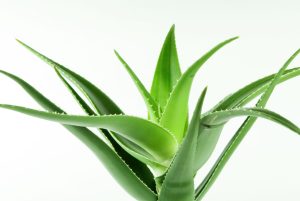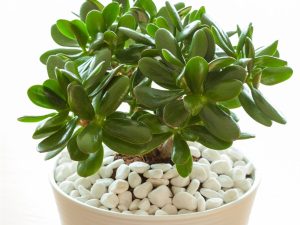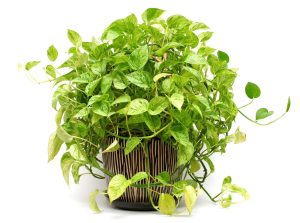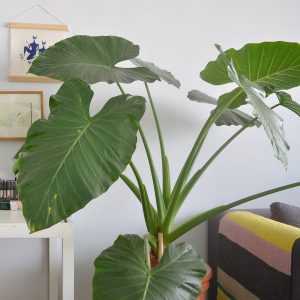Houseplants are known to help filter indoor air. They improve air quality and bring beauty into your home. Plants in your bedroom could improve your sleep quality, while greenery in your kitchen helps brighten up your space if there’s no window.Here are some expert choices that you can keep in your house.
Hardy and beautiful, pothos come in lots of color variations. Also known as the devil’s ivy or golden pothos, the plant has thick, waxy, green, heart-shaped leaves with splashes of yellow. They can thrive in low-lighting conditions and are easy to grow. They reduce air pollutants like formaldehyde, xylene, and toluene. Research shows that the plant can lower indoor ozonelevels which can make it easier to breathe and reduce your risk for respiratory ailments. It also eliminates bad odors.
Dracaena especially the Lisa variety is excellent for new beginner indoor gardeners. They are adaptable to varying light conditions but don’t like direct sunlight.
Commonly known as “mother-in-law’s tongues,” the plant features tall leaves that grow vertically. It is a low-maintenanceplant and can grow to over 10 feet and beyond. It likes bright light but can live in lower lighting situations indoors and is best not overwatered. It can filter out chemicals in the air like benzene, formaldehyde, xylene and toluene.
Aloe vera is known to have anti-inflammatory and anti-bacterial properties.

An aloe vera plant can grow for years in the same container, needs little water and removes formaldehyde from the air.

Jade plants have shiny and rubbery leaves. This means they retain water in their leaves and are independent. Just make sure to let the soil dry out a bit to avoid overwatering. Jade plants also add humidity to the air especially during dry, cold months.
These are easy to propagate, don’t require constant attention, and thrive with little investment. Spider plants like bright light but preferably not direct sun. Their roots tend to fill up a pot so they may need repotting every couple of years or so. The plant has humidifying and anti-air pollutant qualities. A study done by NASA revealed that the spider plant removed 95% of toxic formaldehyde from the air in a sealed Plexiglas container over a 24-hour period.
These are organized into a group of tropical, perennial plants instantly recognizable by their big, heart-shaped leaves.
They need regular bright light and regular watering to keep the soil moist. They can get big which may need extra space.Medicinally, the leaves have been noted for their use in treating insect stings.
So whether it’s for beauty or for health, get yourself one or all of these beautiful plants for your house.


